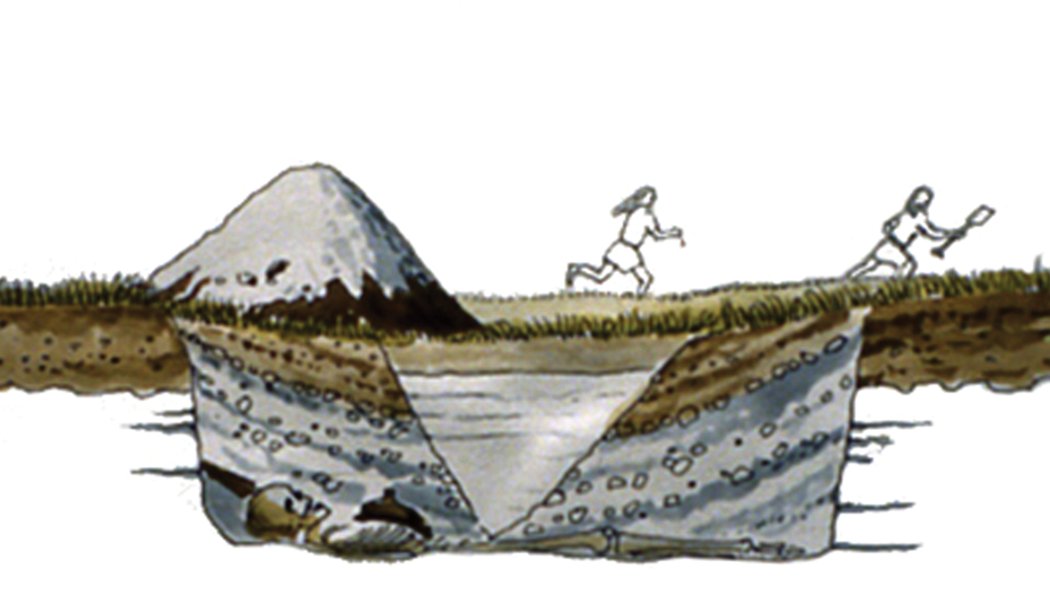
🆕 #archaeology: An obsidian mirror John Dee - Queen Elizabeth I’s court astrologer - used to contact otherworldly spirits during his occult practices has been confirmed to have Aztec origins 👻
Here's an #AntiquityThread on the new research (🆓) doi.org/10.15184/aqy.2… 1/ 🧵
Here's an #AntiquityThread on the new research (🆓) doi.org/10.15184/aqy.2… 1/ 🧵

“John Dee is a remarkable historical figure, a Renaissance polymath – interested in astronomy, alchemy, and mathematics – and confidant of Elizabeth I...” 2/
📷: John Dee (c. 1594, anonymous) (image from @AshmoleanMuseum, University of Oxford).
📷: John Dee (c. 1594, anonymous) (image from @AshmoleanMuseum, University of Oxford).

“...Later he became involved in divination and the occult, seeking to talk to angels through the use of scryers, who used artefacts - like mirrors and crystals,” said Professor Stuart Campbell of @OfficialUoM 3/
📷: Things Dee used in his magic by Museu Britânico / CC BY-SA 4.0
📷: Things Dee used in his magic by Museu Britânico / CC BY-SA 4.0

It had long been suspected that one of John Dee’s scryers, an obsidian mirror now in the British Museum, had Aztec origins. However, with no records on how he obtained it, this was impossible to prove. 4/
📷: John Dee's mirror
📷: John Dee's mirror

Now, an international team of scientists, including Professor Stuart Campbell, have solved this mystery with geochemical analysis. Their research confirmed the Aztec origins of John Dee’s mirror. 5/
📷: Co-author Dr Elizabeth Healey examining the mirror
📷: Co-author Dr Elizabeth Healey examining the mirror

Their analysis involved bombarding the mirrors with X-rays, resulting in the objects also emitting X-rays. These can be used to measure the composition of the artefact, providing a unique ‘fingerprint’ that can be used to trace the origins of the material. 6/
The team studied four objects in the British Museum – John Dee’s mirror, two other Aztec mirrors, and a polished rectangular obsidian slab. 7/
📷: The other objects studied
📷: The other objects studied

The team found all four of the obsidian artefacts studied were made from Mexican obsidian exploited by the Aztecs. John Dee’s mirror, along with another with a similar design, originated from near Pachuca. 8/
📷: Map of obsidian sources these artefacts came from
📷: Map of obsidian sources these artefacts came from

To the Aztecs, obsidian also had spiritual significance. It could be used as part of medicinal practices, could act as a shield against bad spirits, and capture souls on its reflective surface. 9/
📷: Aztec depictions of mirrors. Codex Tepetlaoztoc (Codex Kingsborough)
📷: Aztec depictions of mirrors. Codex Tepetlaoztoc (Codex Kingsborough)

One deity, Tezcatlipoca, is even named “smoking mirror” and often depicted wearing circular obsidian mirrors, as symbols of premonition and power. 10/
📷: Tezcatlipoca, lord of the smoking mirror, with circular obsidian mirrors highlighted (Codex Borgia)
📷: Tezcatlipoca, lord of the smoking mirror, with circular obsidian mirrors highlighted (Codex Borgia)

Such symbolic value may have made them appealing items for Europeans to gather them as they conquered the Aztecs. The fact that mirrors were also often viewed as magical artefacts in Europe may have served as additional motivation. 11/
📷: More Aztec depictions of mirrors
📷: More Aztec depictions of mirrors

Stories about the meaning of the mirrors may have travelled with them, and may have been what motivated John Dee to acquire his mirror when he encountered it in Europe. 12/
Whilst the researchers were able to figure out where the mirror came from, they could not find any evidence it can be used to communicate with otherworldly spirits. 13/
If you want to find out more, the original research is 🆓 to access:
The mirror, the magus and more: reflections on John Dee’s obsidian mirror - Stuart Campbell, Elizabeth Healey, Yaroslav Kuzmin & Michael D. Glascock
doi.org/10.15184/aqy.2…
14/14 🧵
The mirror, the magus and more: reflections on John Dee’s obsidian mirror - Stuart Campbell, Elizabeth Healey, Yaroslav Kuzmin & Michael D. Glascock
doi.org/10.15184/aqy.2…
14/14 🧵

• • •
Missing some Tweet in this thread? You can try to
force a refresh



















